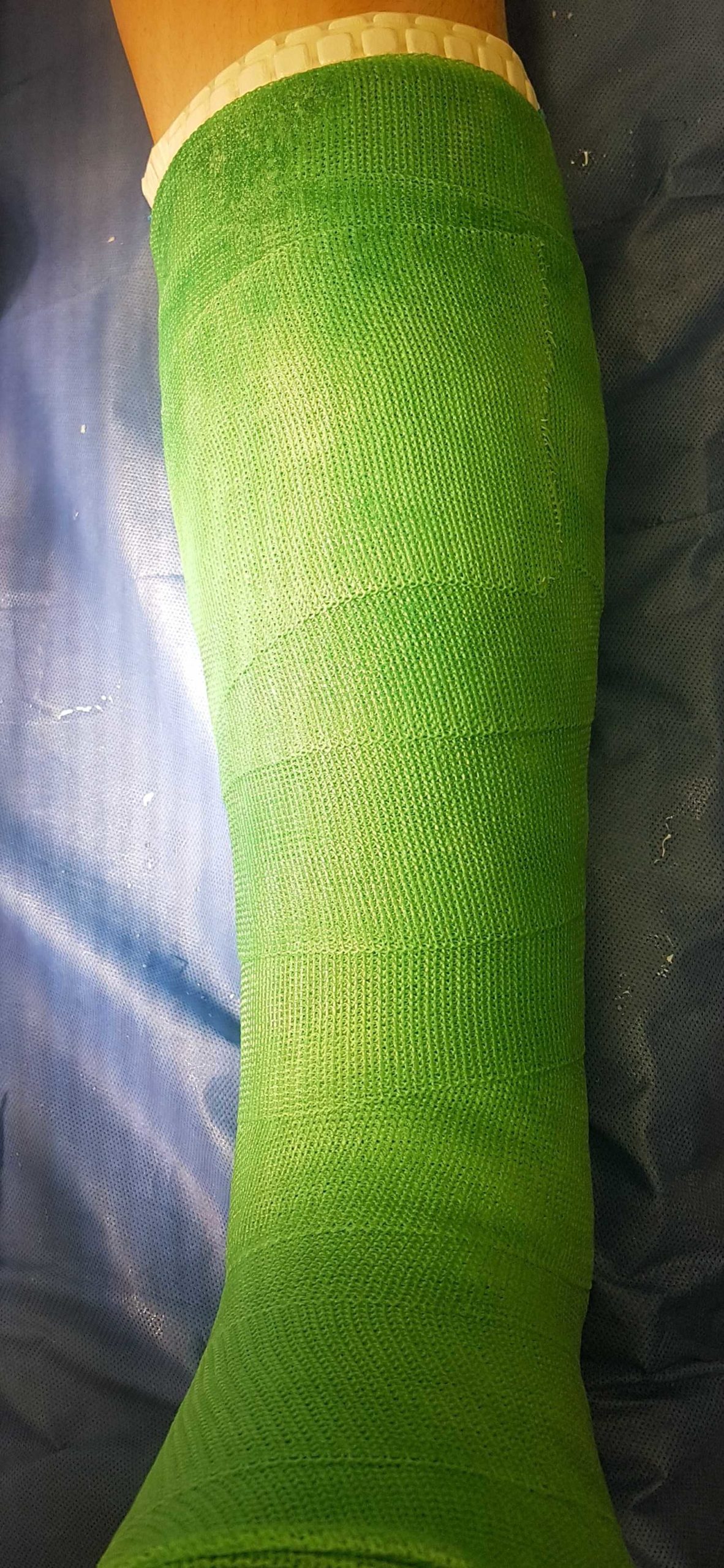Many people find the experience of having a cast almost unbearable what with having to forego most of the fun activities and most importantly, having to be very creative while showering , if you are allowed to.
The good news is that we have the waterproof casts now. With these, you can get into water even while you have a cast on, and even allow you to stay productive while nursing a fracture!
In this article, we shall talk about what makeup a waterproof cast, indications and contraindications for use of a waterproof cast plus how they work.
Components of a waterproof cast.
1. Waterproof liner
The cast comprises a waterproof liner like Aquacast linerTM that is in direct contact with the skin. This lining comprises 2 surfaces with a shiny stick side and a non-sticky side. The non-sticky side is what’s put in contact with your skin.
2. Fiberglass casting material
Fibergass is the casting material used in these casts. It makes up the top layer.
The uniqueness of the waterproof cast
First off, the part of the body that needs a cast is wrapped with the waterproof liner. Enough lining is put in order to provide adequate padding. This is then followed by the fiberglass casting material which is wrapped around like you wound a conventional cast.
The cast lining is made up of very small pores that resist entry of water so when you immerse your leg in the water, the water seeps out through the space between the skin and the lining rather than being absorbed by the lining.
A waterproof cast is different because you can shower with it or even go swimming. The water is able to seep out and it will be dry after about an hour, it is completely dry again without the fear of the lining breaking down.
At the end of a shower, flush the top of the cast with water at high pressure to get the soap to wash out.

Maintenance of a waterproof cast
- Unless told otherwise by your doctor, don’t walk on your cast.
- Don’t let sand, mud, or any kind of soil into your cast
- Don’t let lotions, or oils into your cast as these can be hard to wash out.
Pros
-No restrictions with bathing while you have a cast on
-More variation in recreation while you have a cast on
-There is less odor
Cons
-It is fairly expensive
-There is always a risk of allergic reaction to the cast liner.
Indications for use of waterproof casts
-it can be used for any condition that requires the use of a cast.
Contraindications for use
You are not allowed to use a waterproof cast in the following situations;
- In case you are allergic to Gore-tex, PTFE, Teflon or polytetrafluoroethylene.
- It should not be used on open wounds
- May not be used on fresh surgical wounds that need regular close inspection.
In conclusion, waterproof casts are a great revolution in patient care while in a cast. Their biggest pro is that you can shower while you have a cast and yet continue to protect the part of the body that is undergoing treatment.
